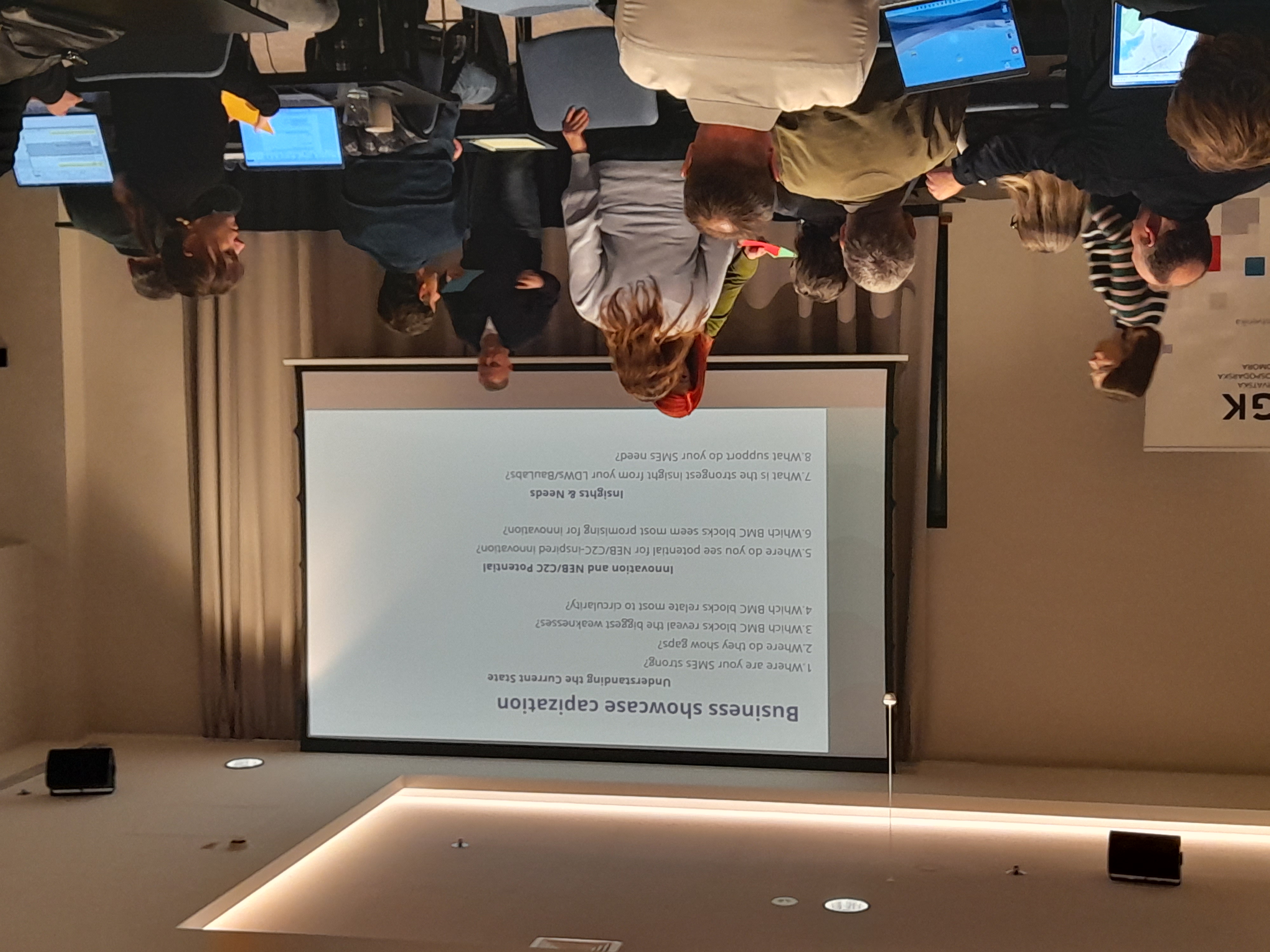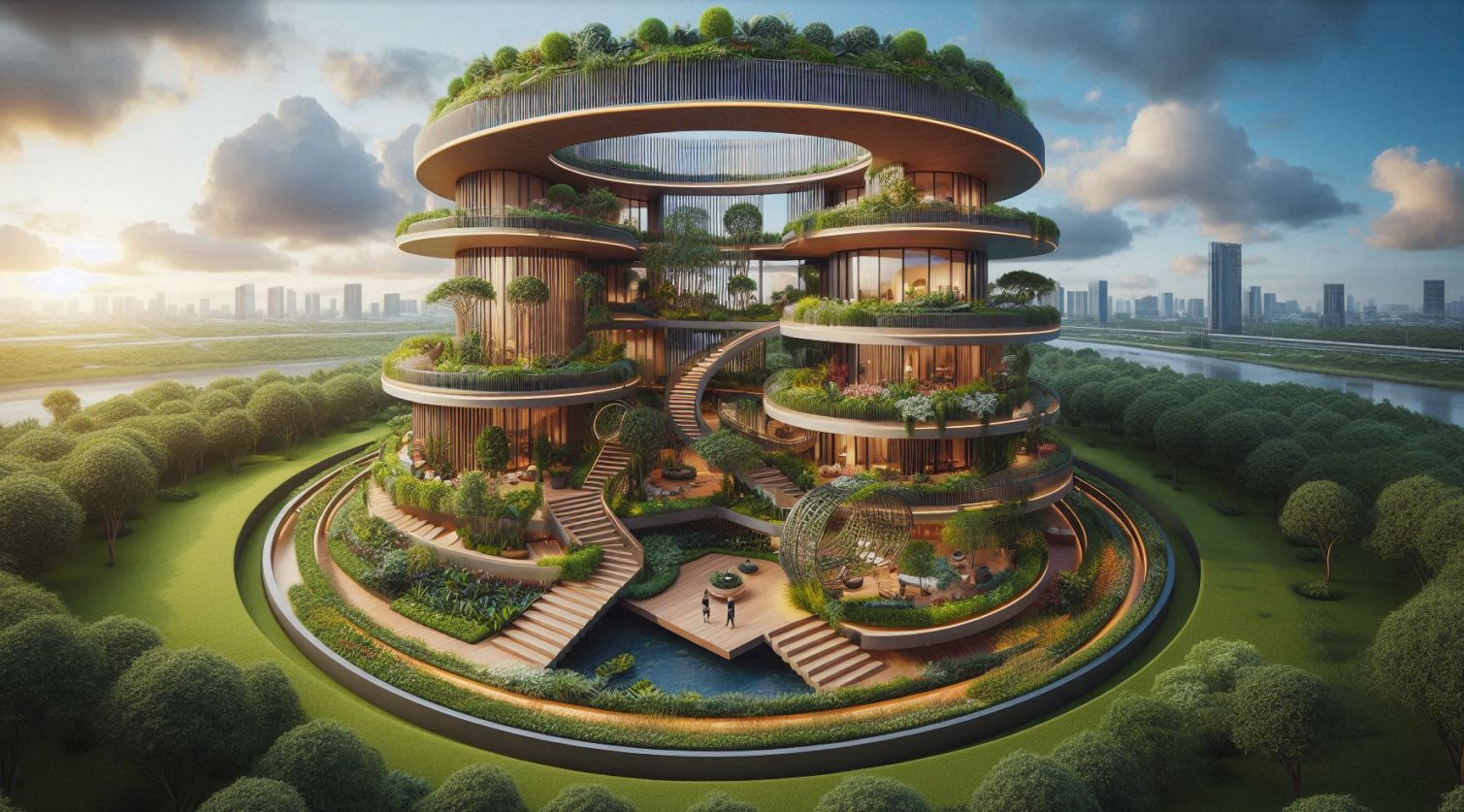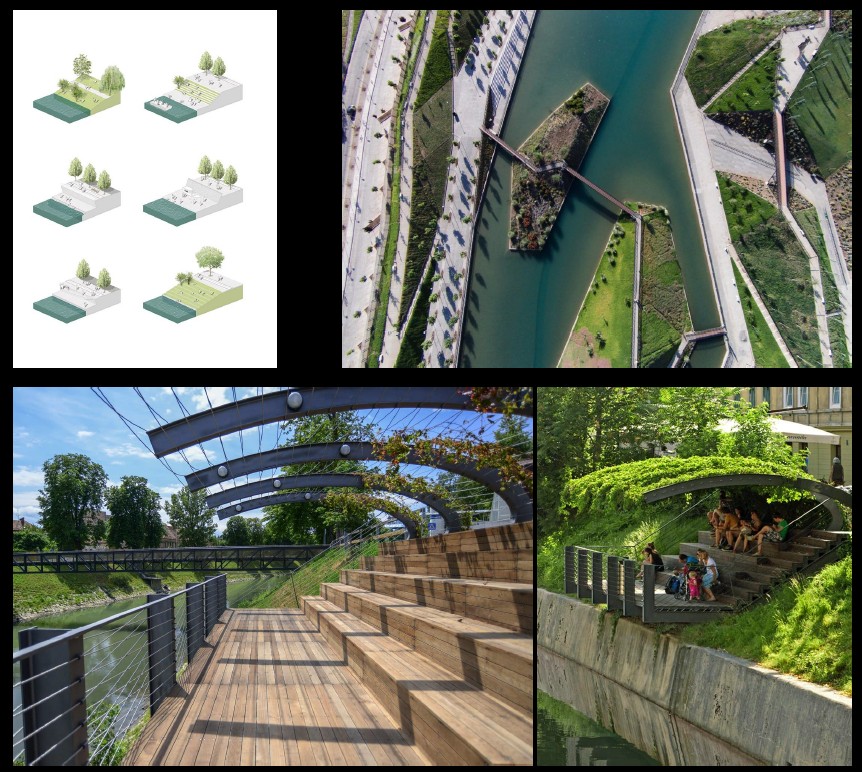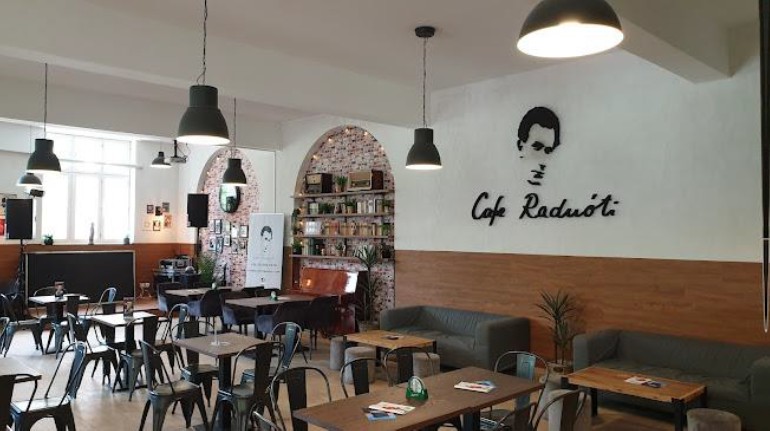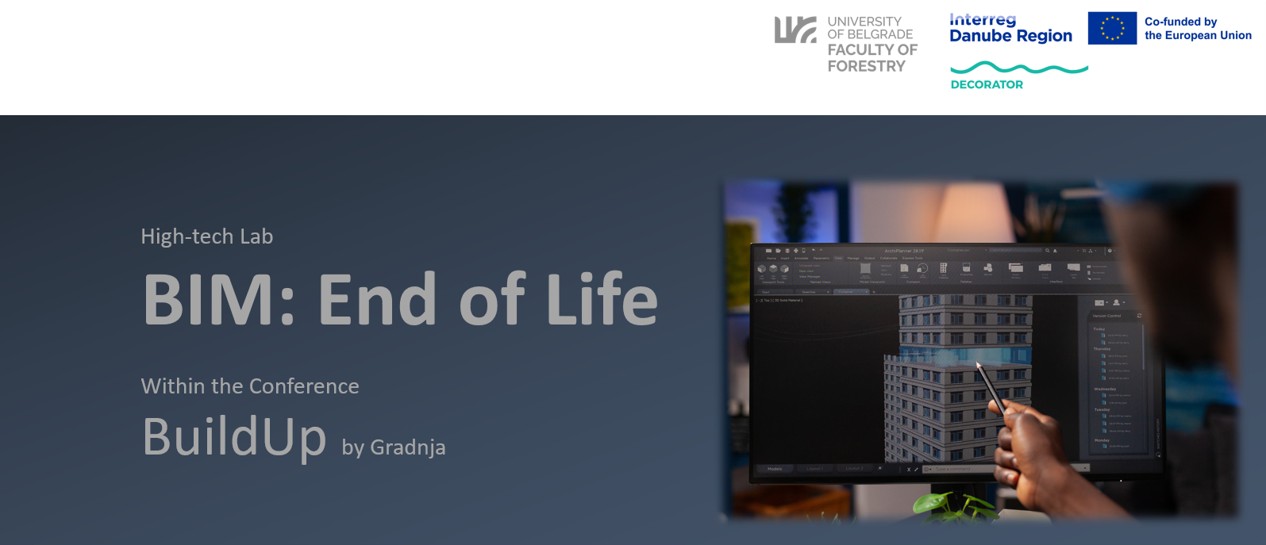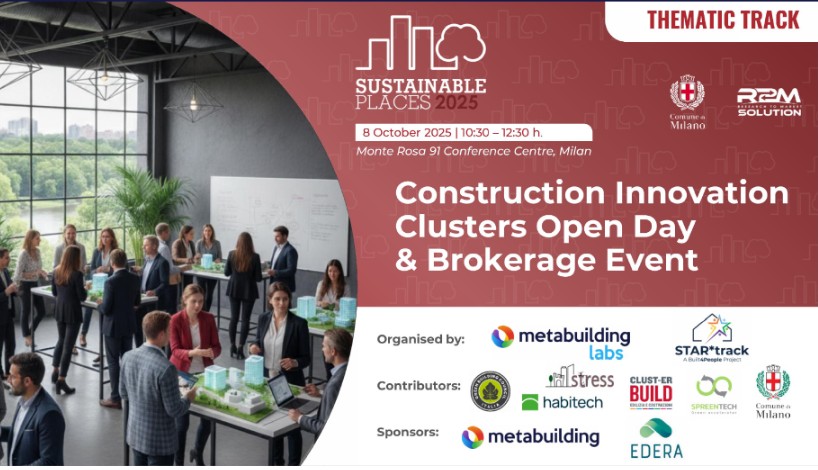Social Treasure Hunt in Tuzla
In Tuzla, we conducted a walk-search through the city center in order to “read” existing buildings through the details that most affect durability and sustainability: carpentry, drip edges, finishing layers, frame-wall joints and socle solutions. Instead of a technical inspection, the goal was for the participants to recognize standard, good or poor examples and record them with photographs and short observations.
In the old part of the city, one historical mosque (Mosque of Atik Behrem Bey) stood out, the reconstruction of which was carried out according to the principle of “new in place of old”, without imposing a new composition. The recognizable appearance was preserved, and where modern materials were used, it was done with moderation and in accordance with the existing logic of the building. The participants recognized this as a good example of compatible repairs that extend the life and preserve the identity of the place.
Along the promenade and surrounding streets, we noticed a series of facades with historicist elements, wooden portals and mineral coatings. In many places, traces of maintenance are visible: partial repairs to the joinery, differences in the tones of the coating, carefully designed drip edges and thresholds. Such details, even when small, are crucial for the wall to “breathe”, for water to be led away from the wood and for avoiding premature replacement of elements, the essence of thinking about circularity in practice.
One construction site nearing completion, located along a busy city road, also attracted particular attention. Although it is a new building, the facade clearly communicates with the traditional repertoire of streets: the treatments around the windows, the proportions of the openings and the rhythm of the facade rely on the historical context. At the same time, the use of contemporary elements (e.g. modern joinery and improved sound insulation) shows how performance can be improved while maintaining the continuity of the city’s image.
Finally, in the Baroque Building from 1900, we discussed the relationship between preserving style and the material logic of the construction. Participants recorded data on the types of materials (stone, concrete in the foundations; brick in the wall; plaster moldings and figures on the facade) and highlighted the value of smart reconstruction and selective reuse. Such practices confirm that cultural value and technical sustainability are not mutually exclusive but can go hand in hand.
We concluded that compatible repairs, vapor-permeable finishes, good water management and attention to detail are key to long life and waste reduction.
We thank all participants for their time, attentive eyes and constructive comments. Their findings show that there are many “small lessons” about circularity hidden in the everyday urban landscape.
News & Events
Read the most recent updates and explore the upcoming events.

